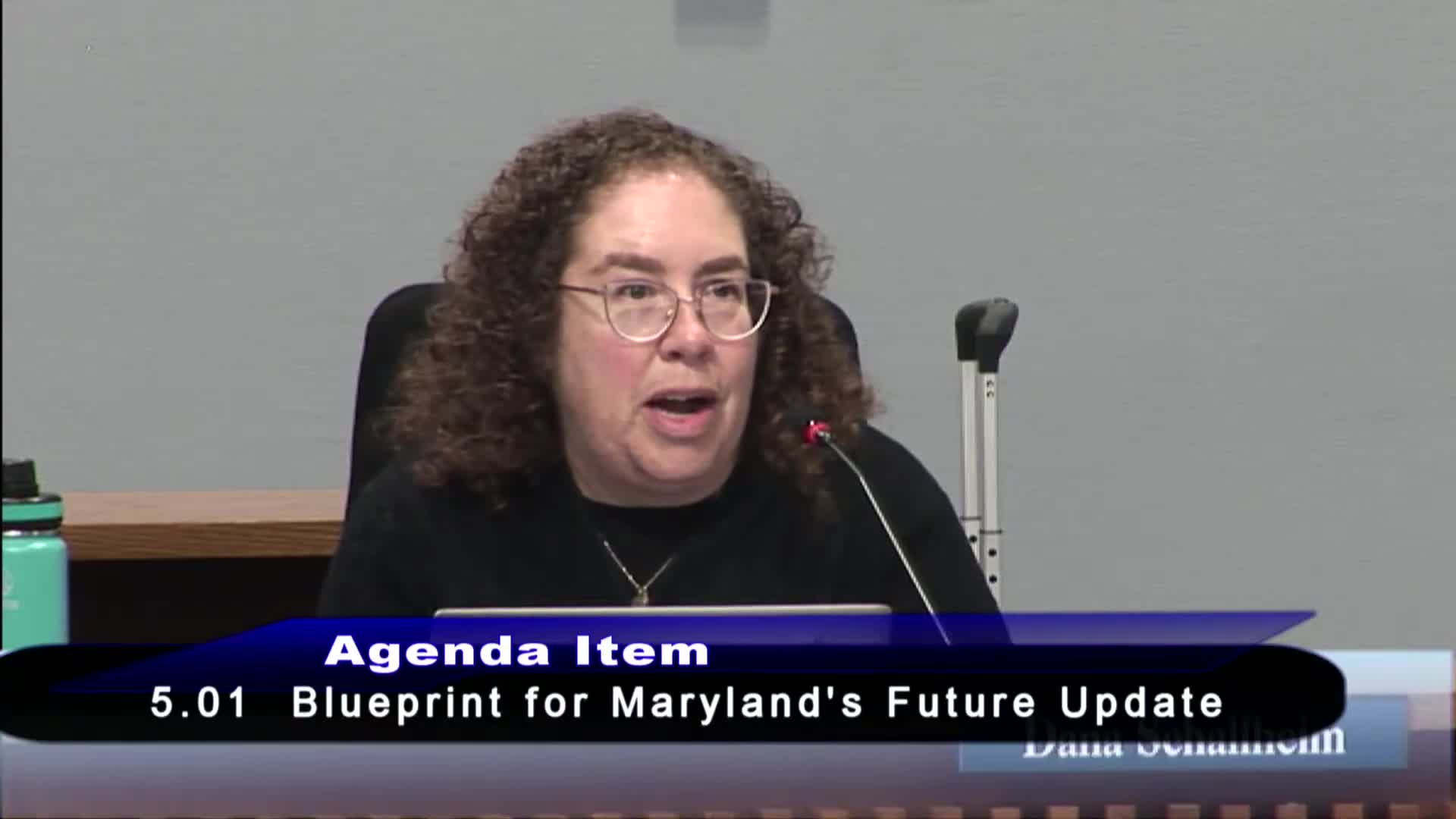AACPS leaders discuss class size challenges and funding inequities in Maryland
June 19, 2025 | Anne Arundel County Public Schools, School Boards, Maryland
Thanks to Scribe from Workplace AI , all articles about Maryland are free for you to enjoy throughout 2025!

This article was created by AI using a video recording of the meeting. It summarizes the key points discussed, but for full details and context, please refer to the video of the full meeting. Link to Full Meeting
A central theme of the meeting was the acknowledgment that the current funding model is insufficient to meet the diverse needs of schools across the district. Board members expressed frustration over the limitations imposed by the Blueprint, which was designed to direct resources to schools with the highest needs. However, many argued that the funding "pie" is simply not large enough to adequately support all schools, particularly those in high-poverty areas. This has led to a troubling trend of increasing class sizes, with some classrooms reportedly exceeding 30 students, a situation that educators and board members alike find unacceptable.
The conversation also touched on the unintended consequences of the Blueprint, which some members feared could lead to a redistribution of resources that might inadvertently disadvantage certain schools. The intent of the Blueprint was to elevate all schools, yet there is concern that it may be taking from some to give to others, potentially harming student outcomes in the process. Board members emphasized the need for a more equitable approach to funding that does not compromise the quality of education for any group of students.
In response to these challenges, board members called for ongoing data analysis to monitor student outcomes and assess the effectiveness of the Blueprint. They urged the Maryland General Assembly to reconsider the foundation level of funding, which many believe is too low to support the needs of students, particularly those requiring special education services.
The meeting concluded with a commitment from board members to advocate for increased funding and legislative changes that would allow for a more balanced distribution of resources. They recognized that addressing the underlying social structures contributing to educational disparities is crucial for the long-term success of all students in the district.
As the board prepares for further discussions in August, the community remains watchful, hoping for solutions that will ensure equitable access to quality education for every student in Maryland.
Converted from BOE Public Session 6-18-2025 meeting on June 19, 2025
Link to Full Meeting
Comments
View full meeting
This article is based on a recent meeting—watch the full video and explore the complete transcript for deeper insights into the discussion.
View full meeting
